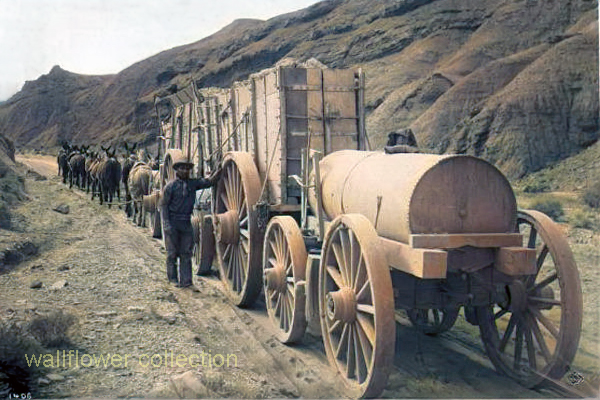/red-rock-canyon/

Red Rock Canyon State Park, located in the southern Mojave Desert, is renowned for its stunning rock formations, vibrant colors, and rich history. Here’s an in-depth look at what makes Red Rock Canyon State Park a popular destination:
Geological and Natural Features
- Spectacular Rock Formations: The park is famous for its dramatic cliffs, buttes, and vividly colored rock layers that span millions of years of geological history. These formations primarily comprise sandstone, volcanic rock, and sedimentary deposits.
- Unique Colors: The park’s namesake red cliffs and outcroppings are complemented by layers of white, pink, and brown, creating a visually striking landscape that changes with the angle of the sunlight.
Attractions and Activities
- Hiking Trails:
- Hagen Canyon Nature Trail: A popular 1-mile loop trail that offers close-up views of the park’s iconic rock formations and opportunities to spot wildlife. It is an easy hike suitable for all ages.
- Red Cliffs Trail: A moderate trail that leads hikers through some of the park’s most scenic areas, including red cliffs and narrow canyons. This trail provides excellent photo opportunities.
- Nightmare Gulch Loop: A longer, more challenging trail offering a rugged adventure through narrow canyons and dramatic rock formations. It is typically open from July through January due to nesting raptors in the area.
- Wildlife Viewing:
- Bird Watching: The park’s diverse habitats attract numerous bird species, making it a great spot for enthusiasts.
- Camping:
- Ricardo Campground: The park’s main campground is located amidst scenic cliffs and rock formations. It offers 50 campsites with picnic tables, fire rings, and restrooms.
- Primitive Camping: For a more rustic experience, visitors can opt for primitive camping in designated areas, allowing them to connect more closely with nature.
- Photography:
- Landscape Photography: The park’s vibrant rock formations and desert vistas provide endless opportunities for landscape photography. Sunrise and sunset are particularly magical times for capturing the beauty of the park.
- Night Sky Photography: The park’s remote location and minimal light pollution make it an excellent spot for stargazing and astrophotography. The clear desert skies offer stunning views of the Milky Way and other celestial phenomena.
- Off-Roading and Driving:
- Scenic Drives: Visitors can enjoy scenic drives through the park, with several dirt roads and trails accessible to high-clearance vehicles. These drives offer a chance to explore more remote areas and enjoy panoramic views.
- Off-Road Vehicle Areas: Designated areas within the park allow for off-road vehicle use, providing an adventurous way to explore the rugged terrain.
- Cultural and Historical Sites:
- Petroglyphs and Historical Artifacts: The park is rich in cultural history, with petroglyphs and artifacts from Native American tribes who once inhabited the area. Interpretive signs provide insights into the historical significance of these sites.
- Film and Television Location: Red Rock Canyon has served as a filming location for numerous movies, television shows, and commercials, adding to its cultural appeal.
Visitor Information
- Visitor Center: The park’s visitor center offers educational exhibits on the geology, wildlife, and cultural history of the area. It also provides information on hiking trails, camping, and other recreational activities.
- Accessibility: The park is easily accessible from major highways, with well-maintained roads leading to the main attractions and facilities.
Best Times to Visit
- Spring and Fall: These seasons offer the most comfortable weather for outdoor activities, with mild temperatures and blooming wildflowers in spring.
- Winter: The park can be visited year-round, but winter provides cooler temperatures, making it an ideal time for hiking and exploring without the intense heat of summer.
Conservation and Preservation
- Protected Area: As a state park, Red Rock Canyon is protected to preserve its natural beauty, wildlife habitats, and cultural resources for future generations.
- Leave No Trace Principles: Visitors are encouraged to practice Leave No Trace principles to minimize their impact on the environment and help maintain the park’s pristine condition.
Nearby Attractions
- Jawbone Canyon: Located to the north of the park, Jawbone Canyon offers additional opportunities for off-roading, hiking, and exploring unique desert landscapes.
- California City: A nearby city that provides additional amenities such as lodging, dining, and shopping for park visitors.
Red Rock Canyon State Park offers a blend of natural beauty, outdoor adventure, and rich history, making it a must-visit destination for anyone exploring the Mojave Desert. Whether you’re hiking, camping, photographing, or simply enjoying the stunning scenery, the park provides an unforgettable experience.
